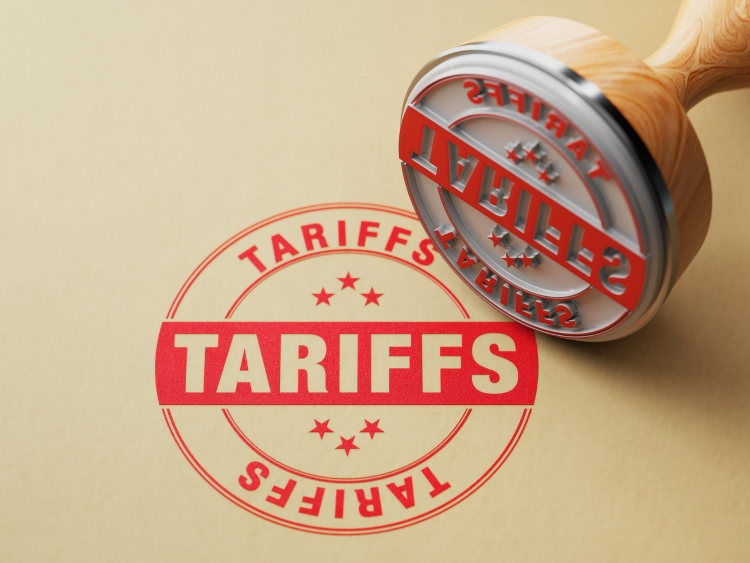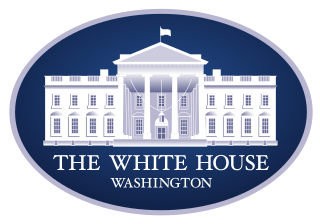Trade Cases

Leibowitz Responds to Section 232 Exclusion Questions
Written by Lewis Leibowitz
March 20, 2018
The following article was written by trade attorney Lewis Leibowitz. You can find his contact information at the end of the article:
John Packard asked me to respond to questions from SMU readers about the new procedures for requesting steel product exclusions from the tariffs scheduled to go into effect at midnight Friday morning. The last few days have seen a flurry of acitivity and speculation about the exclusion process. It is safe to say that this process is very different from earlier iterations such as “short supply” under the steel VRAs in the 1980s and the exclusion process in the Section 201 remedies from 2002-03.
The procedures, released last Friday night, do not exclude described products. They grant exclusions for particular producers (individuals or companies who manufacture products from steel, who are involved in construction projects or who provide steel to those people or companies). The possibility exists that one person could obtain an exclusion for a particular product, meaning no tariffs, and another person importing the identical product would have to pay a 25 percent duty. That did not happen in earlier steel import programs. The product itself defined the scope, rather than the individuals or corporations that imported it or consumed it. The Commerce Department said in the “interim rule” published in the Federal Register on Monday that it could broaden exclusions to include other persons, but it is not required to do so.
![]() Another question relates to the possibility of retroactive relief. This means that a company files for exclusion and waits for an answer. If it receives an exclusion, does it still owe duties for previous imports? The regulations do not say. In fairness, of course, if a company took the trouble to file for an exclusion and proved that the product it needs is not available from U.S. producers, the 25 percent duty it paid while it was awaiting an answer should be refunded. However, it is not clear that a refund would be forthcoming. The regulations do not say.
Another question relates to the possibility of retroactive relief. This means that a company files for exclusion and waits for an answer. If it receives an exclusion, does it still owe duties for previous imports? The regulations do not say. In fairness, of course, if a company took the trouble to file for an exclusion and proved that the product it needs is not available from U.S. producers, the 25 percent duty it paid while it was awaiting an answer should be refunded. However, it is not clear that a refund would be forthcoming. The regulations do not say.
A third question relates to business confidential information, which we trade lawyers often refer to as BPI (business proprietary information). The request form, which must be filled out completely to avoid rejection, asks for business confidential information relating to supply relationships, exact product specifications, purchase quantities, identity of importers, end users and foreign suppliers. Requesters may ask for confidential treatment for sensitive information; however, Commerce does not need to respect that request. Requesters could face a “Hobson’s choice”—answer fully and reveal BPI or withhold information and risk rejection of the request.
Another question relates to importers’ bond requirements. The regulations do not specify that importers’ bonds must be increased. U.S. Customs and Border Protection (CBP) oversees bonding requirements. We have not heard from them as yet. After March 23, bonding requirements may be changed. Local ports around the country are generally responsible for setting bond amounts and conditions. We will need to wait and see what CBP has to say about new (undoubtedly higher) bond amounts and other conditions.
Finally, one questioner wondered whether any request for exclusion would be granted. There is no “safe harbor” in this regulation. In other words, providing all the information showing unavailability of domestic supply does not guarantee that an exclusion will be granted.
Still, an exclusion may be the only alternative to an indefinite tariff of 25 percent on steel imports. Those who depend on imports must, I believe, try to obtain an exclusion. The efficacy of this program depends on the fairness and impartiality of the Commerce officials who will administer it. The rule says that exclusion requests will “normally” be resolved within 90 days. With a bit of experience, we can see what issues Commerce may raise about the process.
All who are interested should take the opportunity to submit comments on the interim rule, which are due by May 18. Because the Proclamation was published in the Federal Register on March 15, and the exclusion regulations were published on March 19, the stage is set for the tariffs to go into effect this Friday. Questions will be answered as we move into this new and challenging era of steel trade policy.
Lewis Leibowitz
The Law Office of Lewis E. Leibowitz
1400 16th Street, N.W.
Suite 350
Washington, D.C. 20036
Phone: (202) 776-1142
Fax: (202) 861-2924
Cell: (202) 250-1551

Lewis Leibowitz
Read more from Lewis LeibowitzLatest in Trade Cases

SMU Survey: Less support seen for Trump tariff policies
Meanwhile, an increasing number think it's too early to say whether the penalties are going to bring more manufacturing to the US.

CRU: USW seeks exclusion for Canada from Trump’s tariffs
The union is also urging stronger enforcement against countries such as China which break trade rules, and a coordinated Canada-US strategy to protect union jobs across the North America

Price on trade: A lot happened last week – and it wasn’t all about tariffs
Should foreign investment be allowed to reshape the American steel Industry? Not to be lost in the recent on-again-off-again tariff frenzy, Nippon Steel’s proposed takeover of U.S. Steel has also found itself in President Trump’s crosshairs when it comes to trade and industrial policy. Nippon Steel initially announced its nearly $15-billion bid for U.S. Steel […]

Trump signs executive order aimed at making US shipbuilding ‘great again’
President Trump on Wednesday signed an executive order meant to breathe new life into American shipbuilding and curb Chinese dominance in the sector.

Trump still against selling USS to Japanese firm: Report
Despite ordering a new review of Nippon Steel’s bid for U.S. Steel, President Trump said he is still against selling USS to a Japanese company, according to media reports.
